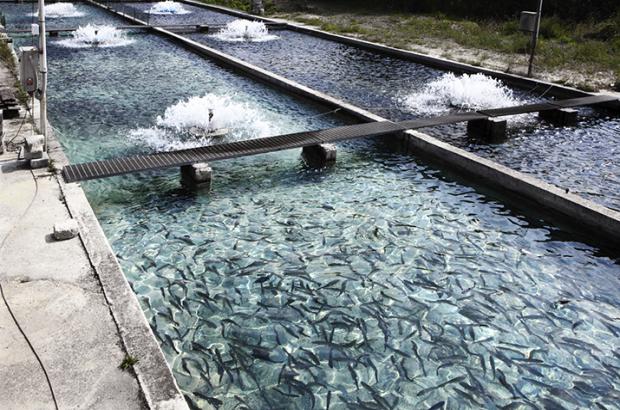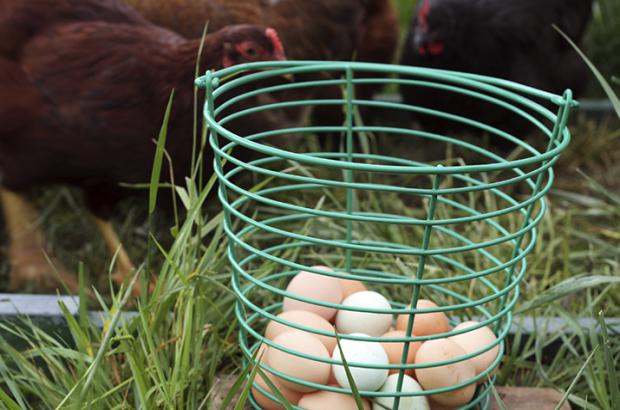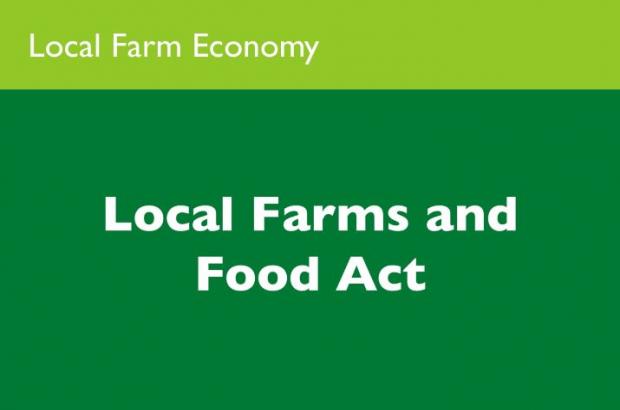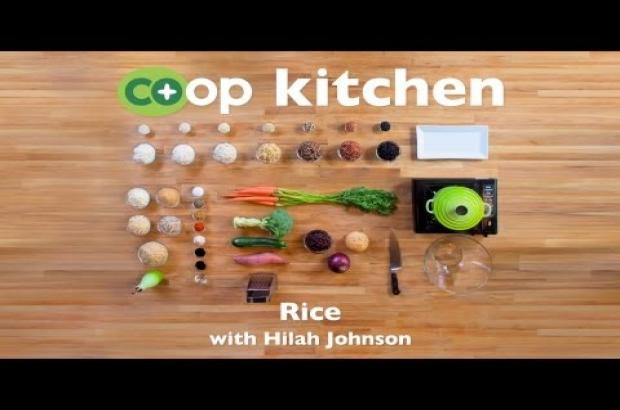Article
Cattle Farming and Beef Production
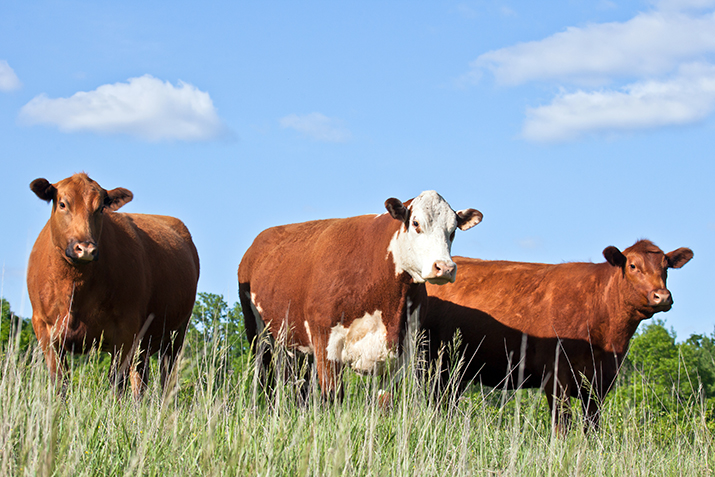
Mustard, lettuce, tomatoes, pickles—most of us know what we like on our burgers, but do we know what’s actually in them? Beef cattle farming is by far the largest segment of American agriculture, and its practices are as numerous as its scale is large. So how does that all-American beef patty go from farm to fridge—and what goes into it?
Conventional farming
Conventional cattle farming generally involves raising cattle in large indoor/outdoor Concentrated Animal Feeding Operations (CAFOs), or feedlots, where they’re fattened quickly on a diet heavy in grains and fed growth hormones and antibiotics to prevent disease in overcrowded and often dirty conditions.
Organic farming
Organic cattle farming differs in that no antibiotics or growth hormones are used, and cattle must be given exclusively organic feed (grass or grain) and given access to the outdoors.
Because use of antibiotics is prohibited, organic cattle farmers must take a proactive approach to preventing disease and infection in the livestock.
Grass-fed, or pastured
Grass-fed or pastured beef comes from cattle fed a natural diet of grass and allowed to graze outdoors for food. Many grass-fed cattle are then “finished” on a diet of grain to increase their weight before slaughter. Look for beef labeled “grass-finished,” or “100% grass fed,” which means that cattle lived their full lives on a grass diet.
Look for these labels
If you seek transparency in the meat aisle, look for the USDA Certified Organic label, Certified Humane label (an Animal Welfare Approved label) or discuss locally raised options with the butcher. Be advised that terms such as "antibiotic free" and "all natural" are often used but are unregulated.
Ask a co-op staff member for more information if you’re not sure. They'll be happy to help you find the quality meat—and the tasty hamburger—you’re after.

